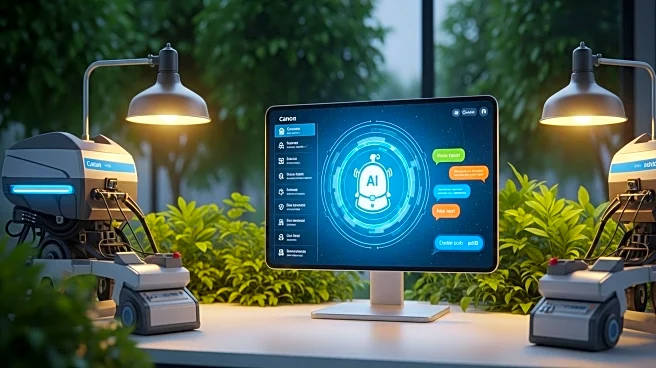What's Happening?
Aquawise, a Bangkok-based startup, is set to present its AI-driven water quality monitoring technology at TechCrunch Disrupt 2025. The company uses satellite imagery and AI models to monitor water quality in aquaculture farms, focusing on parameters like temperature and oxygen levels. This approach eliminates the need for expensive hardware, making it accessible to farmers in Southeast Asia. Co-founder Patipond Tiyapunjanit emphasizes the importance of water quality in aquaculture, noting that poor conditions can lead to stress and disease outbreaks in aquatic life.
Why It's Important?
Aquawise's technology addresses a critical issue in the aquaculture industry, which is projected to be a key food source for the growing global population. By providing a cost-effective solution for water quality monitoring, Aquawise supports sustainable practices and enhances productivity in regions where traditional methods are financially prohibitive. This innovation could lead to improved health and yield in aquaculture, benefiting both local economies and global food security. The company's participation in TechCrunch Disrupt highlights its potential to attract investment and expand its impact.
What's Next?
Aquawise plans to raise funds from investors in the coming year to further develop its technology and expand its reach. The startup aims to refine its AI model using data from multiple farms, ensuring accuracy before commercial deployment. As aquaculture continues to grow, Aquawise's technology could become integral to sustainable farming practices, potentially influencing policy and industry standards. The company's success at TechCrunch Disrupt could accelerate partnerships and adoption of its technology.
Beyond the Headlines
Aquawise's focus on Southeast Asia highlights the disparities in technology access between developed and developing regions. By providing affordable solutions, the company addresses economic inequalities and supports local communities. This approach aligns with global sustainability goals and could inspire similar initiatives in other sectors, promoting equitable access to technology.











